Discharge follow-up
In the long journey of cancer treatment, as patients have undergone precise treatment of tumors in different parts, follow-up work is like a closely linked link, closely connecting treatment and rehabilitation. After the treatment of each part of the tumor, a scientific and systematic follow-up process is required to ensure the continuous and stable health of the patient. Just as a train runs smoothly between different stations, our follow-up process will also be carried out in an orderly manner at the nodes of tumor treatment at different sites. It is like a carefully drawn nautical chart, guiding us to move steadily in the ocean after cancer treatment, not letting go of any subtle changes that may affect the patient's recovery, so that the patient can receive meticulous attention and care in this follow-up process, and lay a solid foundation for the patient's subsequent recovery.
Follow-up process:
Follow-up flowchart
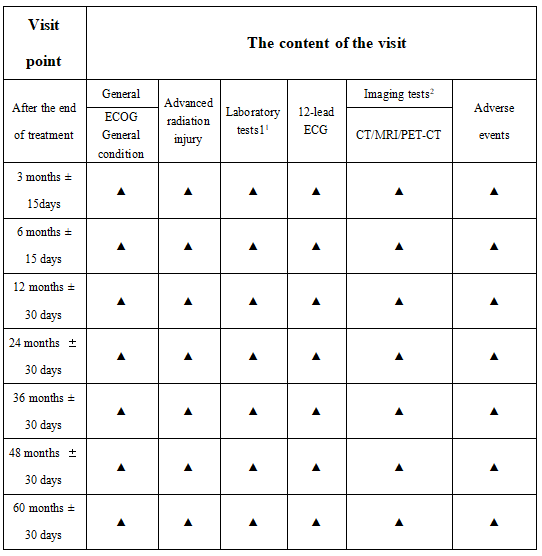
Note: ▲Must check, △if necessary check.
Note 1: Laboratory tests include: blood routine (WBC RBC HB PLT) urine routine (PRO BLD LEU GLU) stool routine liver function (ALT AST TBil DBil IBil) renal function (SCr BUN) tumor markers.
Note 2: CT or MRI combined with RECIST1.1 criteria were used to evaluate tumor progression, with CT preferred, and the same method should be used during follow-up until the end of follow-up. If tumor markers change significantly, if CT or MRI cannot be confirmed, PET-CT combined with PERCIST1.0 criteria is used to evaluate the efficacy if necessary.
Previously, we have established a comprehensive follow-up process framework to comprehensively and systematically monitor and evaluate the patient's recovery. With the gradual emergence of the diversity and particularity of tumors in different parts, this overall process will be refined into an exclusive follow-up process for various tumors such as thoracic malignant tumors, abdominal malignant tumors, pelvic malignant tumors, head and neck malignant tumors, bone and limb malignant tumors, soft tissue sarcoma, meningioma, chordoma, prostate malignant tumors, malignant melanoma, etc. The follow-up process of these different tumors is like a precise key, which will open the door to in-depth insight into the recovery status of tumors in each part one by one, so that we can be targeted on the road of follow-up diagnosis and treatment and escort the health of patients.
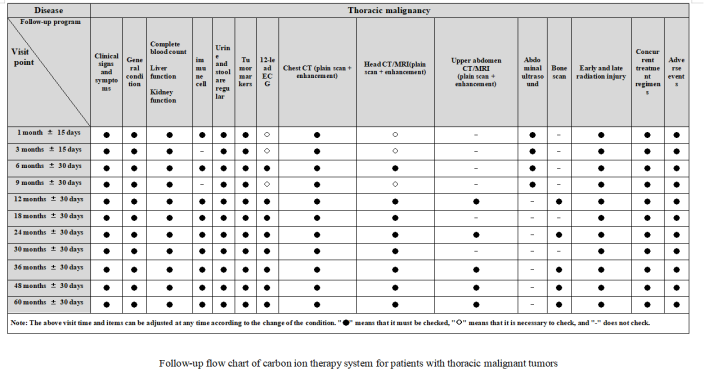
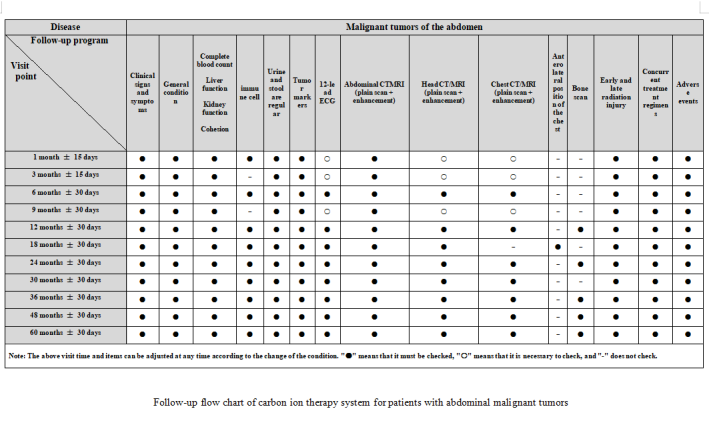
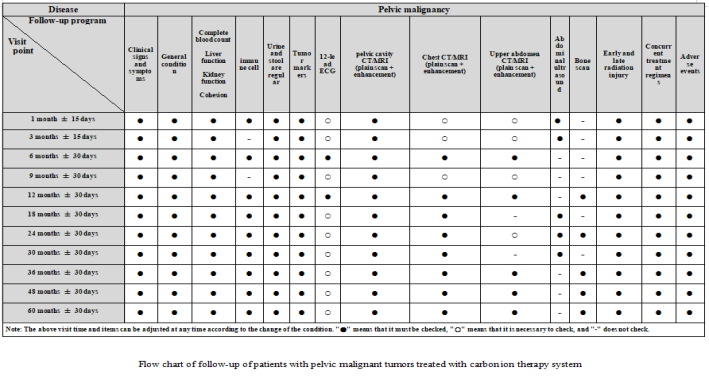
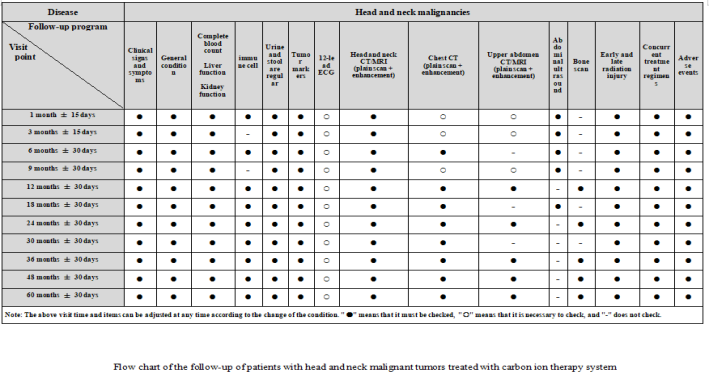
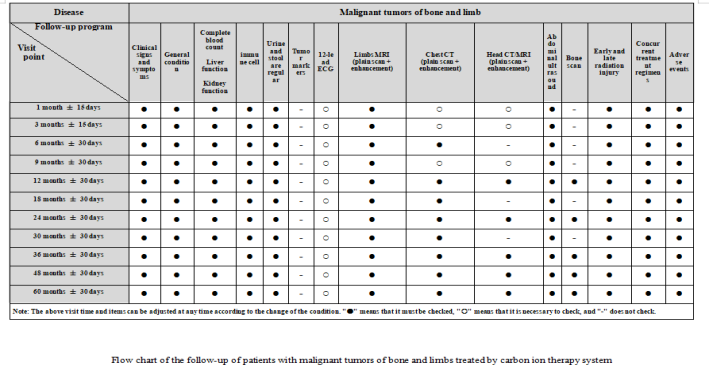
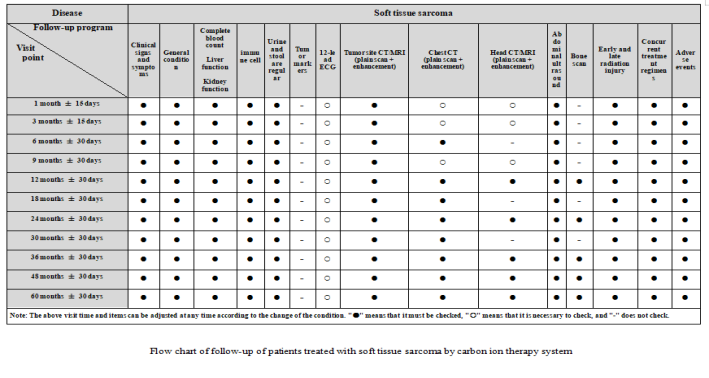
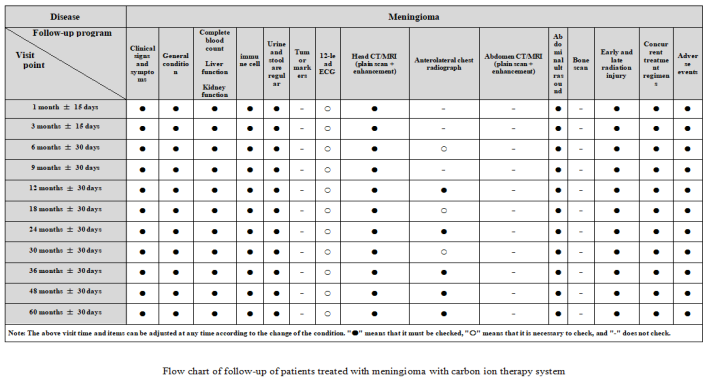
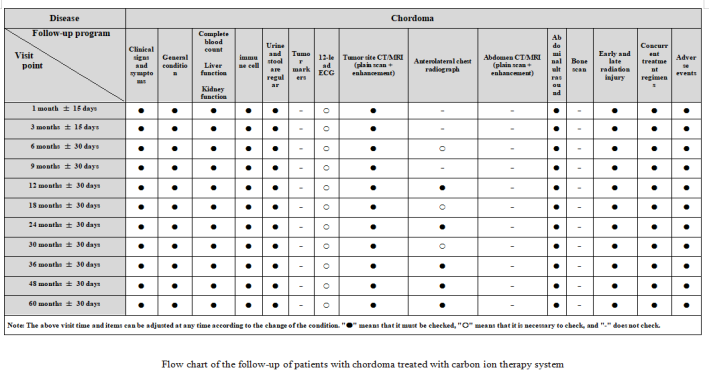
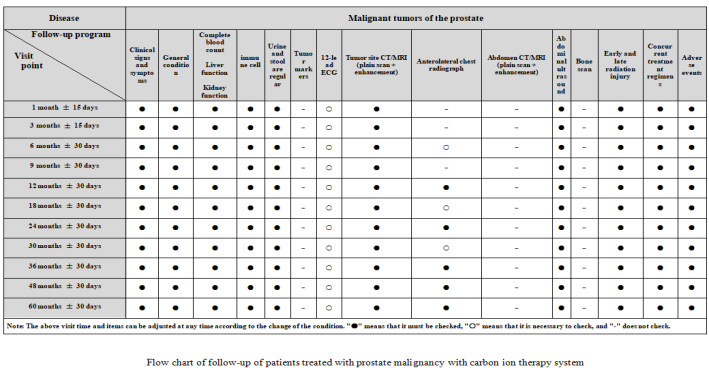
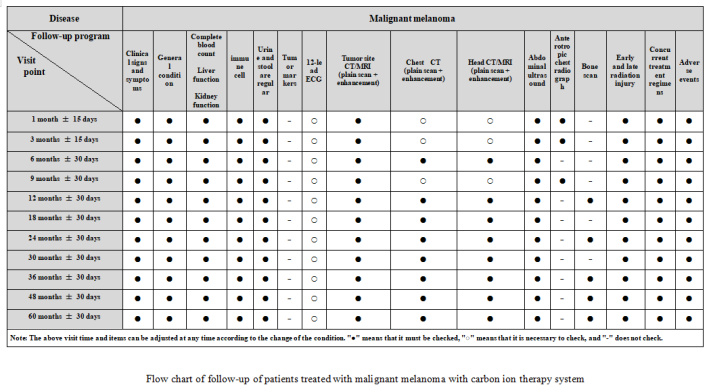
After discharge, patients need to have regular re-examinations to monitor the changes in their condition and treatment effect, and patients can choose to come to the hospital for re-examination or submit the examination results to the attending doctor for remote consultation after re-examination in a local tertiary or above hospital. The specific time and program of the review will be arranged by the doctor according to the specific situation of the patient.
Post-treatment care:
1. Lifestyle adjustment: Patients should maintain good lifestyle habits, get enough sleep, and avoid overwork. Exercise appropriately, such as walking, yoga, etc., but avoid strenuous exercise and heavy physical exertion. In terms of diet, it is necessary to balance nutrition, increase the intake of vegetables, fruits, and high-quality protein, and avoid spicy, greasy, and irritating foods.
2. Psychological care: After cancer treatment, patients often face psychological stress and mood swings. The support of family and friends is important, and you can also seek the help of a professional psychologist to learn how to cope with stress and regulate emotions.
3. Wound care: If there is a wound during the treatment, pay attention to keep the wound clean and dry to avoid infection. Wound dressing changes and care are carried out as requested by the doctor.
4. Medication management: If patients need to take drugs for a long time, such as anti-tumor drugs, immunomodulators, etc., they should strictly follow the doctor's instructions and do not stop the drugs or increase or decrease the dose by themselves. Pay attention to adverse reactions to medications, and inform your doctor if you feel unwell.
If you have abnormal symptoms such as fever, cough, fatigue, weight loss, or find abnormal changes in the treatment area, such as lumps, pain, etc., you should seek medical attention in time and inform the doctor of the patient's condition; Carry with you past medical records, examination reports, etc., so that doctors can understand the patient's condition and treatment history; During regular follow-ups, go to the hospital on time and don't miss follow-up appointments. If you are unable to follow up on time due to special circumstances, you should contact your doctor in advance to explain the situation and arrange follow-up visits.
Follow-up care after cancer treatment is a long-term process that requires the joint efforts of patients, their families and doctors. We will always be by your side to protect your health. If you have any questions or need assistance, please do not hesitate to contact us.
